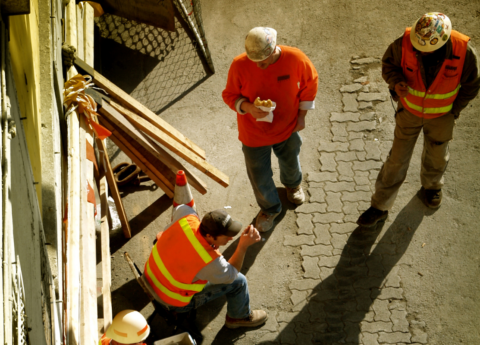Recently released population estimates from the Census show that, over the last five years, Kentucky continues to urbanize. Rural eastern and western counties’ populations have dropped while the “golden triangle” (the region bound by Jefferson, Fayette, and the northern Kentucky counties) as well as the Owensboro-Bowling Green corridor grew. Overall, between 2010 and 2015, Kentucky grew by an estimated 77,155 people or 1.8 percent. Almost all of the state’s net increase in population, 68,810, occurred in cities.
By percent, the counties that saw the largest loss of population were:
- Lee (-12.4 percent)
- Fulton (-8.4 percent)
- Owsley (-6.4 percent)
- Robertson (-5.9 percent)
- Letcher (-5.8 percent)
The counties that saw the largest percent growth were:
- Scott (+10.5 percent)
- Shelby (+7.9 percent)
- Warren (+7.6 percent)
- Oldham+7.4 percent)
- Boone (+7.0 percent)
When looking at the number of people who left counties, Pike and Floyd counties had the greatest decline with 3,158 and 2,178 fewer respectively. Perhaps unsurprisingly, Jefferson and Fayette counties saw the largest growth with 21,395 and 17,771 more people respectively.
The national trend of urbanization is longstanding, but the hastening decline of coal and manufacturing jobs in Kentucky are almost certainly contributing to the decline in some rural counties’ populations. In fact, since the great recession, job gains have concentrated almost exclusively in urban and suburban areas, the same areas that have seen the lion’s share of Kentucky’s population growth.



